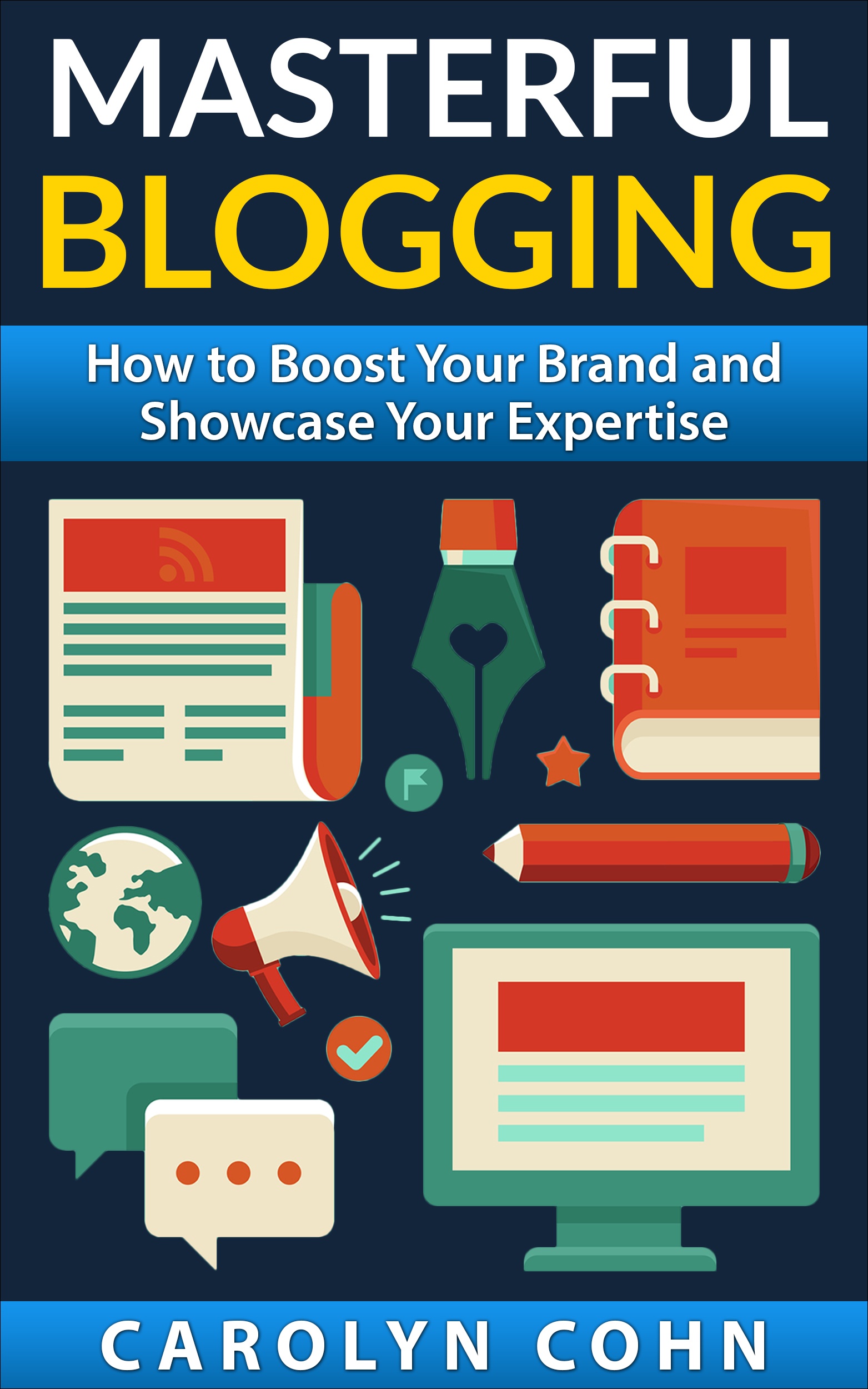A Technical Approach to Headlines for Social Media

Writing headlines in general and writing headlines for social media channels are, at times, two totally different things. In fact, writing headlines to be shared on social media can be quite challenging.
Identifying the many challenges
The first challenge that you will need to identify is determining exactly what works the most effectively in attracting your readers. There is no exact formula that you can use to determine what works best. You can try a variety of things and then you can see which ones work and which ones don’t work. One thing that is certain is that it is an evolutionary process and you will constantly have to try new things and learn new things. If you really put your mind to it, you can narrow it down to the point where you will have a pretty good idea about what works every time. There is actually a technical answer to what works the most effectively on the various popular social media channels.
Using Twitter
When it comes to headlines on Twitter, you must be very careful to find the right headline because of Twitter’s strict limitations. If you search online to gather information about which words to choose and how to use those words, the way to come up with technical proof that it will work is by testing the results and analyzing what you have been able to accomplish. It is easy to test it yourself. You don’t need to involve anyone else for that part of it. You will most likely be able to gather credible data if you use an effective testing method.
-
Search for two headlines to compare: If you find two headlines that you believe will elicit good responses, put them side by side.
-
Tweet the two headlines together: If you can tweet those headlines more or less at the same time, they will be received in the same manner by your followers on Twitter.
-
Examine the data: Once you have done that, you should compare the data that you have been able to gather, side by side, and inevitably, one of the headlines will come out ahead of the other one. Of course, that will be the one that you choose. You will be comparing data such as retweets, mentions, favorites, clicks, and potential.
Of course, your results will not always be cut and dried. There will be times when your results are so similar that you will have a difficult time deciding what to pick. There are some things that you can do to help yourself when it comes to word choices, such as choosing certain parts of speech (nouns, verbs, adjectives, adverbs). There has been a great deal of research performed already to determine which words work the most effectively and you would be well advised to follow the results of that research. With Twitter, it is critical that you get people to retweet what your tweets. There are several words that you should consider using to get people to retweet your content, such as:
- You
- Post
- Social
- Free
- Media
- Blog post
- How to
- Check out
- Help
- Great
Using Facebook
Facebook and Twitter are very different as social media channels in the way that they function and the types of results that you will achieve. With Facebook, you may wish to take advantage of a graphic element that may prove to be extremely effective. What you choose to add to your Facebook profile is extremely important and each part of your profile must be weighed very carefully.
When it comes to testing your results on Facebook, if you are going to take advantage of the visual aspect of the social media tool, make sure that the photos that you select really count. Of course, you want to make sure that the photos can stand alone without captions. Conceptually, you should test Facebook the same way that you tested Twitter. With two similar things, side by side. Make sure that you share the photos at the same time and when you compare the results, you should be able to make a determination about which one has come out ahead. In the case of Facebook, it is important to marry the graphic element to the written word. However, if you don’t feel that the two elements are equally strong, take a chance and post them anyway. You may be surprised at the results that you gather.
The importance of title length
When it comes to the length of titles on Facebook, although you don’t have an official restriction, you should keep in mind that clear and concise will win the race. People don’t generally have the patience or the time to read long-winded, verbose titles and they have to think about in order to understand. Your titles should be tight, compelling, and exciting every time. If they are, they will elicit the response from y our fans that you are hoping they will elicit.
Your entire approach
Not only is it important to write compelling headlines and to understand how to make that happen on a consistent basis but it is also critical that you determine exactly when to post your content for the biggest bang for your buck, so to speak. Once you have written a headline that you feel will perform to your satisfaction, it will be time to test it. It is a good idea to test it on Twitter first. The way to capture the results is by tweeting a concept that you have come up with, paying attention to how many people retweet what you have posted, and then writing a blog post on that topic (in much more detail). If it gets the attention that you hope for, you have pinpointed your approach and now all you have to do is figure out exactly why it worked for you.
Conclusion
If you search online, you are bound to discover all sorts of information and advice about social media headlines. What you need to do is take the information that makes sense to you and is applicable to your business and use it in a way that makes sense. If, after some time, you find that it is no longer working, you look for new information that works better. Remember that as you are writing your headline, it is critical that you put an emotional element in that headline. If you don’t, your readers will have no way to connect with you on a human level. You are constantly going to evolve within that process and where you start will most likely not be where you end up. Bear in mind, the greater your headline, the more traffic you will drive to your website and the more people will get to know you.
[signoff][/signoff]


Valuable distinction of the difference in headline appeal on different social media platforms. What do you think of http://www.aminstitute.com/headline/index.htm? I often use it to strengthen the appeal of a title or headline.